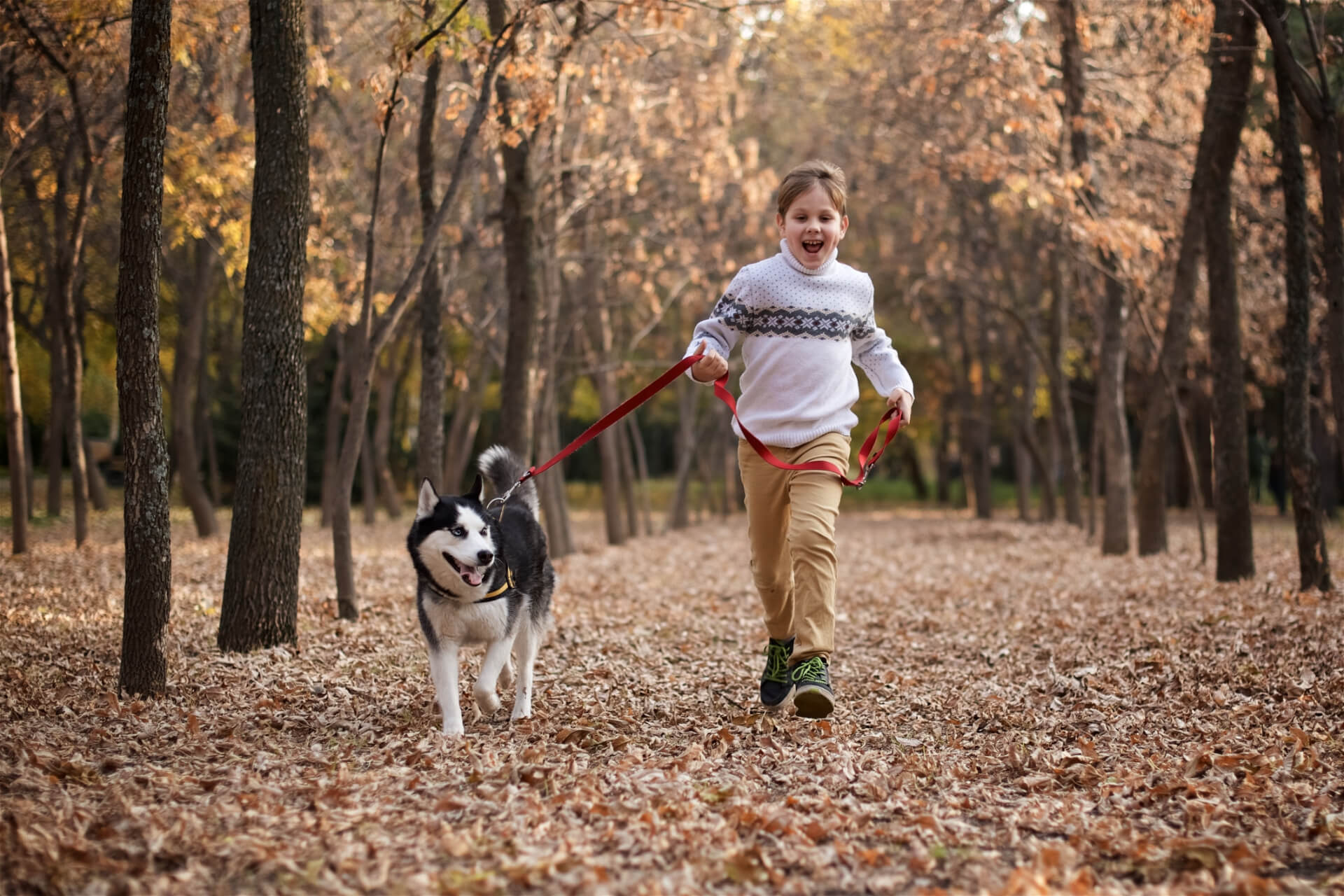
Most dogs require a social partner to exercise with, and that social partner is usually you.
Having a large fenced-in yard doesn’t mean your dog will exercise himself. He may get the occasional burst of energy and run a few laps while chasing a rabbit out of the yard or a squirrel up a tree, but it is not the same experience as an enrichment walk.
How walks benefit your dog
Not only do walks provide constant motion for your dog, they also provide sensory stimulation through all the various scents on the ground.
Most dogs sniff a lot on walks. Sniffing provides tremendous environmental enrichment, much more than we could imagine, it also takes more energy than you would think. It is a world that we cannot share.
On an enrichment walk, your dog gets to say where he wants to sniff, the only guideline is that he doesn’t get to pull you.
Even middle-aged dogs are not naturally sedentary couch potatoes. Sadly, many dogs are not getting this routine exercise and therefore are becoming unhealthy physically and behaviorally. Dogs thrive on activity but we often don’t think of their inactivity as the cause of some of their unwanted behaviors.
Dogs need to release tension
When a dog is frustrated, bored, afraid or angry, a walk can help release physical and emotional tension. Although walks and exercise are great for relieving tension, they do not resolve behavior problems but none-the-less raise the threshold for some of the emotional issues mentioned above.
If you find yourself avoiding walks because of your dog’s behavior on leash, seek the guidance of a qualified trainer that can implement a behavior modification plan for you.
If your dog is constantly pestering you for attention, it is a good sign that he is not getting enough stimulation. When a dog hasn’t had enough stimulation, many times they will seek it out themselves and less likely to sit and lie down and hang out while you watch television.
The bottom line is that the more physical activity, the less your dog is going to be on edge. The suggestion is to walk at least five times per week weather permitting. This is in addition to any other backyard exercise.
